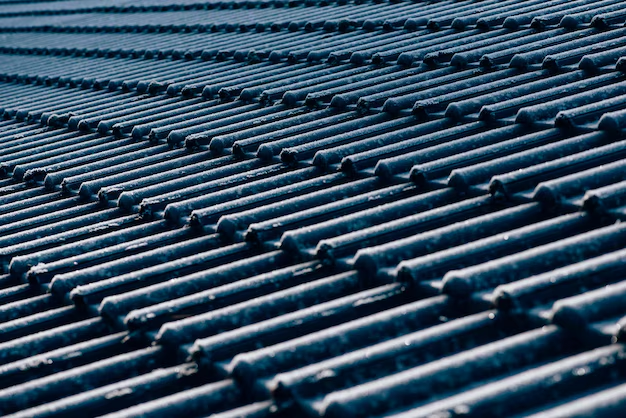Thinking About a Metal Roof? Here’s How Long They Really Last
For homeowners and builders considering a long-term solution for roofing, metal roofs often top the list for their impressive durability and longevity. But how long does a metal roof actually last? This question is pivotal for making an informed investment choice that also aligns with your financial planning.
The Lifespan of a Metal Roof
A well-installed metal roof can last 40 to 70 years, a significant span when compared to traditional asphalt shingles, which generally last 12 to 20 years. This extended lifespan can be attributed to metal's resilience against elements such as wind, rain, and even fire. Factors contributing to this longevity include:
- Quality of installation: Professional installation ensures durability.
- Climate conditions: Metal roofs perform exceptionally well in various climates, from snow-heavy regions to hot, arid environments.
- Maintenance: Although metal roofs require less maintenance, regular checks are essential to address any potential issues, like corrosion, especially in coastal or industrial areas.
Types of Metal Roofs and Their Durability
Metal roofs come in various materials, each offering different benefits:
- Steel: Often coated with a zinc or aluminum layer for enhanced durability, steel is one of the most popular choices.
- Aluminum: Known for its rust-resistant properties, making it a great option in coastal areas.
- Copper: While pricier, copper provides longevity beyond 70 years, with a distinct aesthetic appeal as it ages.
- Zinc: Known for its extreme longevity due to its corrosion resistance and the ability to self-heal scratches over time.
Why Choose a Metal Roof?
Opting for a metal roof is not just about longevity. It also offers:
- Energy efficiency: Metal roofs reflect solar radiant heat, which can reduce cooling costs by 10-25%.
- Eco-friendliness: Many metal roofs are made from recycled materials and are 100% recyclable at the end of their life.
- Aesthetic variety: Available in numerous styles and colors, metal roofs can match virtually any architectural style.
Financing Your Metal Roof
While the upfront cost of a metal roof can be higher than traditional roofing options, the long-term savings and benefits are substantial. However, financing such an investment is key for many homeowners. Here’s how you can make it more manageable:
- Government aid programs: Look into sustainability grants or energy efficiency incentives that might offset installation costs.
- Home improvement loans: Many lenders offer loans specifically for home upgrade projects at competitive interest rates.
- Investment value: A metal roof can increase property value, meaning the money spent is often regained if you decide to sell your home.
Exploring Further Financial Avenues
Whether it's roofing or another aspect of home improvement, exploring financial tools and opportunities can significantly ease the process and decision-making:
🔑 Financial Assistance & Opportunities
- 🏠 Energy Efficient Mortgages: Special loans that support eco-friendly home improvements.
- 💳 Credit Card Solutions: Look for cards offering cashback bonuses or low-interest rates to manage home improvement costs effectively.
- 📈 Home Equity Lines of Credit (HELOC): Offers flexibility to borrow as needed over time for multiple projects.
- 🎓 Educational Grants: Before investing, learn more about roofing through community college programs funded by grants, enhancing your buyer’s knowledge.
Choosing a metal roof is a lasting investment, offering both increased home value and potential energy savings. By strategically selecting financing options and understanding the nuances of each material, you can make a financially sound and environmentally conscious decision that will protect your home for decades.
